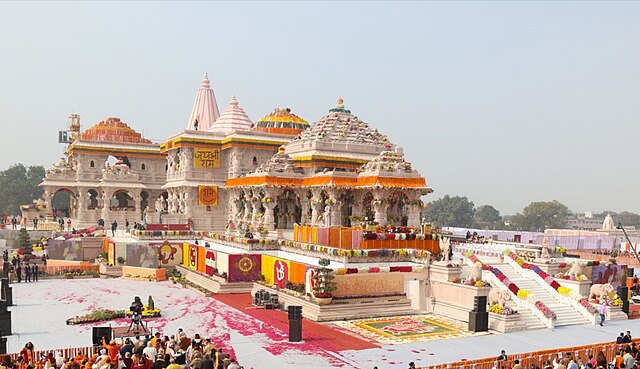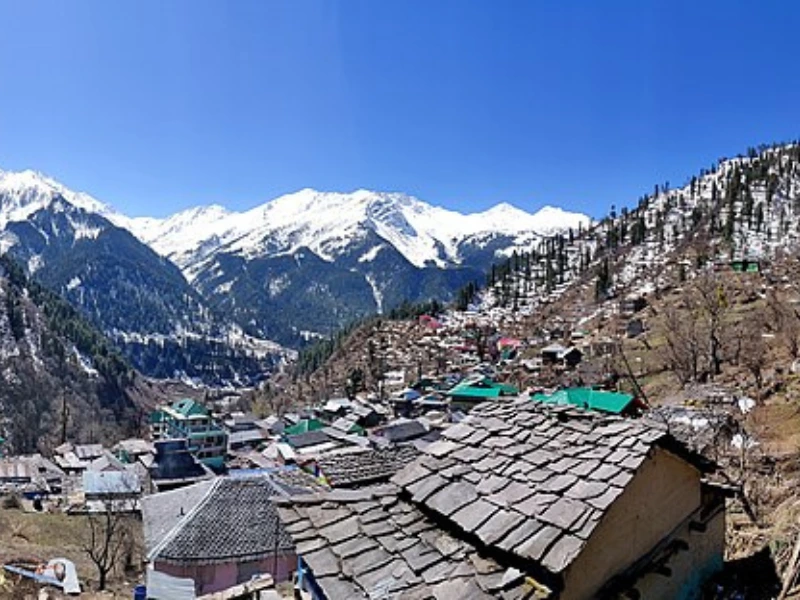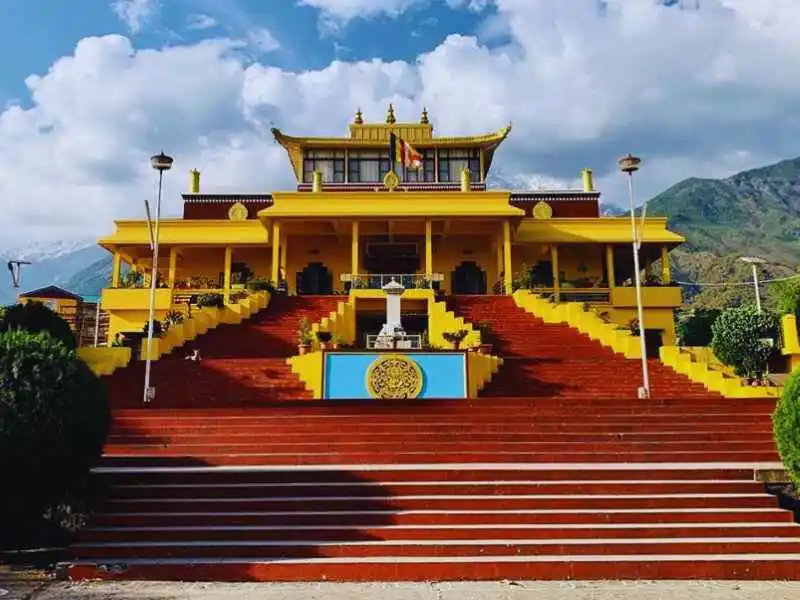Uttar Pradesh’s Ayodhya Ram Mandir captures India’s culture and heritage. The massive Lord Ram temple symbolises trust, endurance, and justice. A breakdown of this mental chain:
Cultural and Historical Significance: The temple highlights India’s rich cultural and historical legacy. Lord Ram’s birthplace, Ayodhya, is revered in scripture and legend.
Dedication to Lord Ram: Lord Ram symbolises dharma (righteousness) and morality in Hindu mythology. Thus, the temple symbolises millions of believers’ faith.
Symbol of Trust: Spiritual Trust: The temple symbolises individuals’ unshakable faith in Lord Ram. People seek spiritual direction at this hallowed spot.
Symbol of Perseverance: it was built after surviving historical disputes and judicial challenges. It shows how people who stuck to their principles despite obstacles stood strong.
Symbol of Justice: The Supreme Court’s 2019 judgement, which approved land for the temple’s construction, marks a triumph of justice. It brought closure and serenity to a protracted quarrel.
Ayodhya Ram Mandir represents India’s cultural diversity, people’s religion, and values of endurance and justice.
History of Ayodhya Ram Mandir
The History of Ayodhya Ram Mandir is deeply intertwined with the epic Ramayana, which elevates it to a significant pilgrimage site for Hindus. Built originally in the 11th century, the temple has been a revered place of worship for centuries, symbolizing devotion and faith. However, during the Mughal era in the 16th century, it underwent a dramatic transformation.
Emperor Babur ordered the construction of the Babri Masjid at the site where the Ram Mandir stood, leading to a long-standing religious and cultural dispute. This disagreement over ownership of the land became a focal point of legal battles and social tensions between two communities.
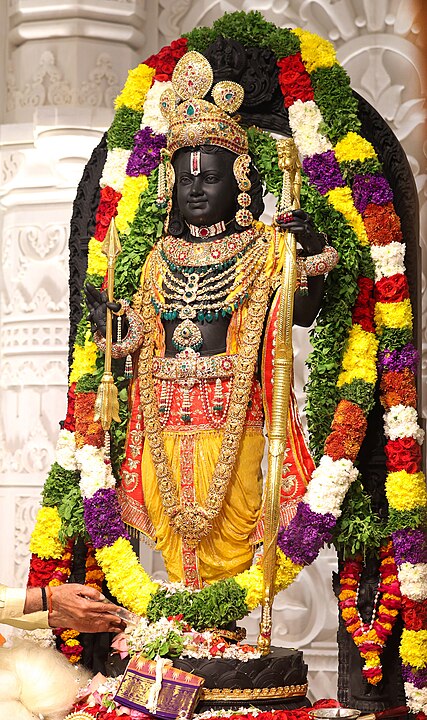
Venue and Importance of Ayodhya Ram Mandir
Ayodhya Ram Mandir is on the peaceful Sarayu River in mediaeval Ayodhya. Hindus worship Ayodhya, Lord Ram’s birthplace. Millions of devotees worldwide connect to the temple’s building, a major cultural and religious event in India.
Ayodhya Ram Mandir Heritage
With centuries of history, Ayodhya Ram Mandir is firmly ingrained in Indian culture and politics. Historical writings and archaeological data indicate a temple existed there for millennia. Throughout the region’s violent history, the building was destroyed and rebuilt many times.
The Pioneering Supreme Court Decision
The Supreme Court of India’s November 9, 2019, ruling changed Ayodhya Ram Mandir’s history. After a lengthy legal fight, the court granted the Ram Mandir’s land, allowing its revival. As a triumph for justice and religious peace, India applauded this ruling.
Ayodhya Ram Mandir Architecture
Beyond its historical and legal significance, the Ayodhya Ram Mandir exemplifies architectural brilliance and traditional craftsmanship of ancient India. The temple’s intricate carvings and majestic structures showcase a blend of Nagara and Dravidian architectural styles, highlighting its artistic and cultural heritage.
The main sanctum of the temple houses a 51-inch black stone idol depicting Lord Rama as a five-year-old child. The temple complex includes elaborate spires (shikhars) and complex sculptures depicting various episodes from the Ramayana. Additionally, the vast courtyard facilitates organized gatherings of pilgrims and tourists visiting the site.
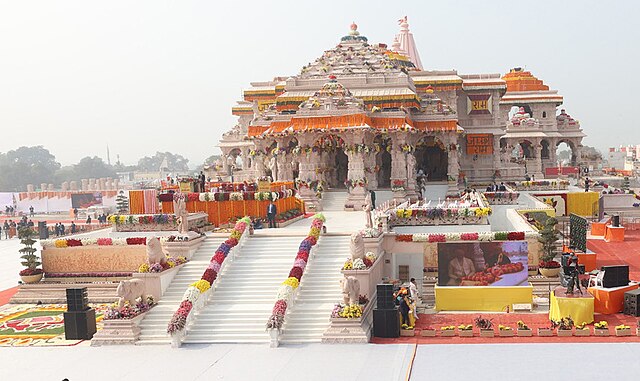
Meaningful Ayodhya Ram Mandir Story
Besides its beauty, Ayodhya Ram Mandir represents faith, endurance, and cultural identity. For millions of Hindus, the temple is a pilgrimage place to their spiritual history. The teachings of Lord Ram are reflected in its righteousness and devotion.
Ayodhya Trips: Spiritual and Cultural
The spiritual and cultural experiences of Ayodhya are extensive. Visit the Sarayu River’s tranquil ghats, Hanuman Garhi temple, and Kanak Bhawan. Cultural legacy is on display at the city’s bustling marketplaces, loaded with traditional crafts and local foods.
How to Reach Ayodhya Ram Mandir
By Air:
The nearest airport to Ayodhya is Faizabad, 8 kilometres away. The 150-km-away Chaudhary Charan Singh International Airport in Lucknow has better connections.
By Rail:
Railways link Ayodhya Junction to Delhi, Lucknow, and Varanasi, making it accessible to pilgrims and visitors.
By Road:
In Uttar Pradesh and neighbouring states, Ayodhya is connected by regular buses and well-maintained highways. Private cars and taxis are also pleasant.
Other Places to Visit in Ayodhya
While the Ram Mandir remains the central focus, Ayodhya offers a wealth of other spiritual and cultural attractions that enrich the pilgrimage experience. Here are some notable places to visit in Ayodhya:
- Hanuman Garhi: Perched atop a hill, Hanuman Garhi is a revered temple dedicated to Lord Hanuman. It offers panoramic views of Ayodhya and is believed to bestow blessings and fulfill wishes.
- Kanak Bhavan: This temple, dedicated to Lord Rama and Sita, is renowned for its intricate carved interiors. The name “Kanak Bhavan” translates to “Golden House,” reflecting the grandeur associated with the divine couple.
- Treta Ke Thakur: This temple marks the site where Lord Rama is believed to have performed the Ashwamedha Yajna. It holds special significance for those seeking a deeper connection to the Ramayana.
Ram Ki Paidi: A series of ghats along the Sarayu River, Ram Ki Paidi is a sacred bathing site. Devotees believe that taking a dip in the holy river cleanses their sins and brings peace
Conclusion
The Ayodhya Ram Mandir is a sacred site and cultural symbol. For historical and spiritual seekers, its endurance, dedication, and architectural magnificence make it a must-see. Walk through its holy halls and become part of a living history that inspires millions.
